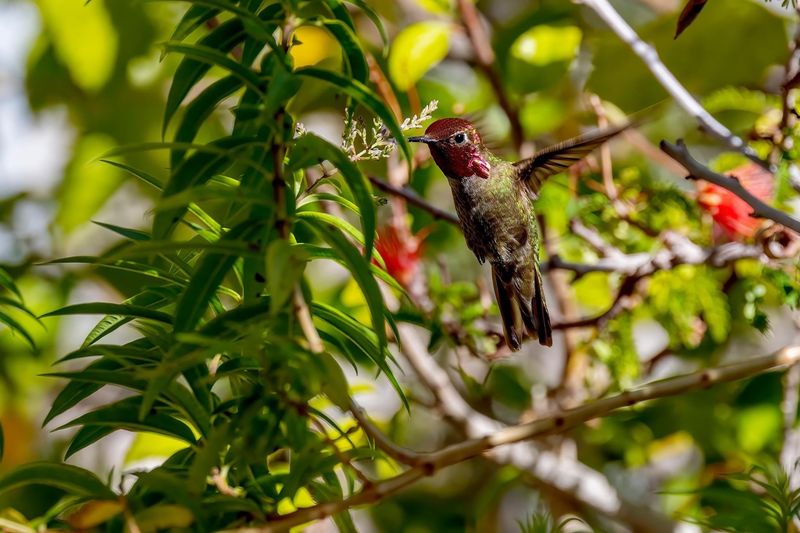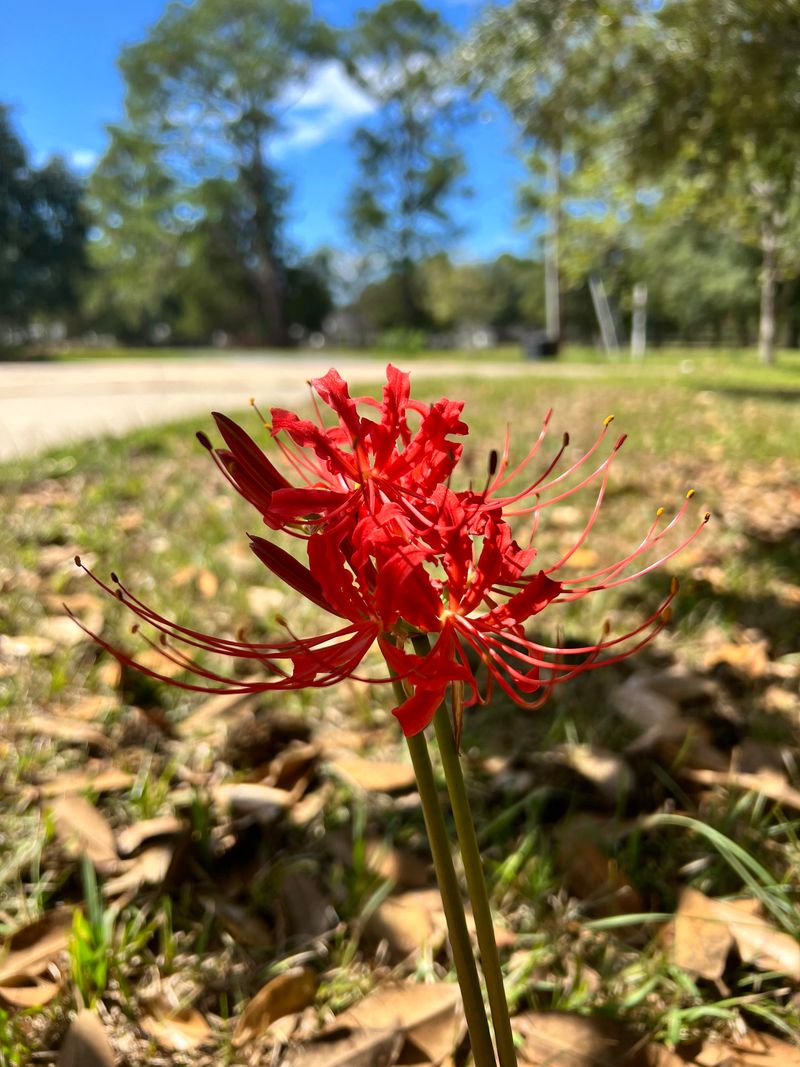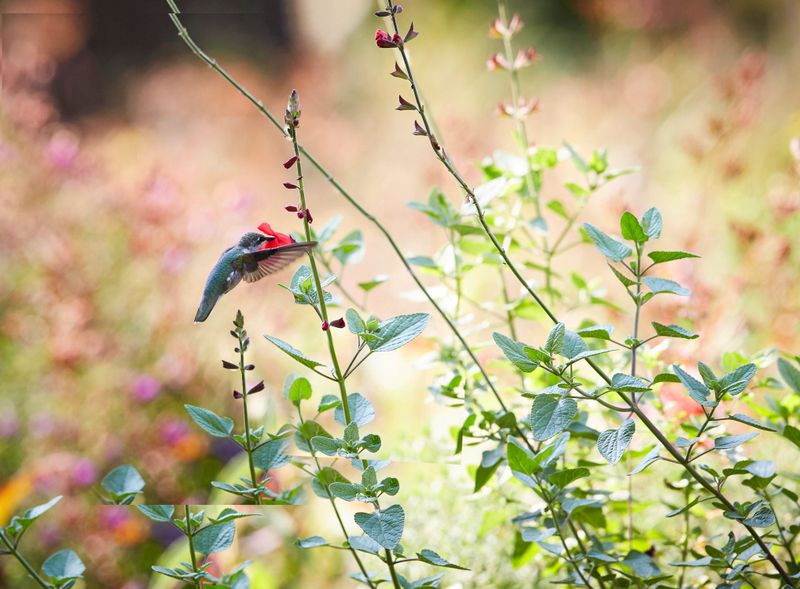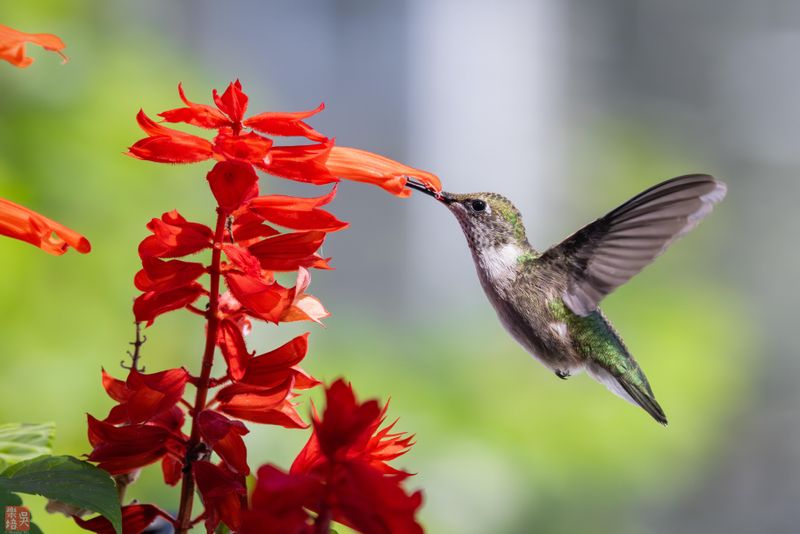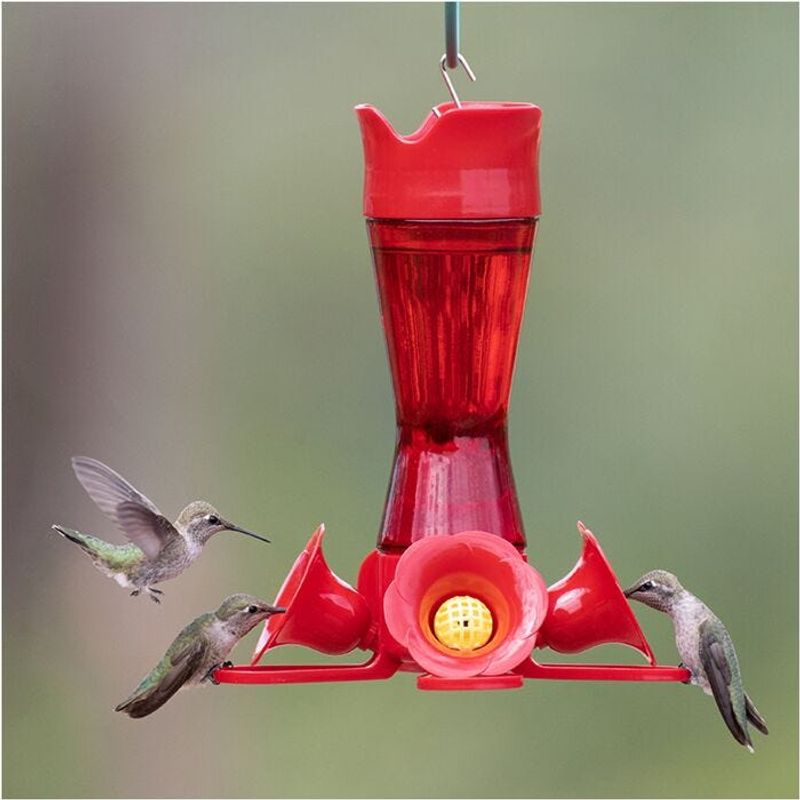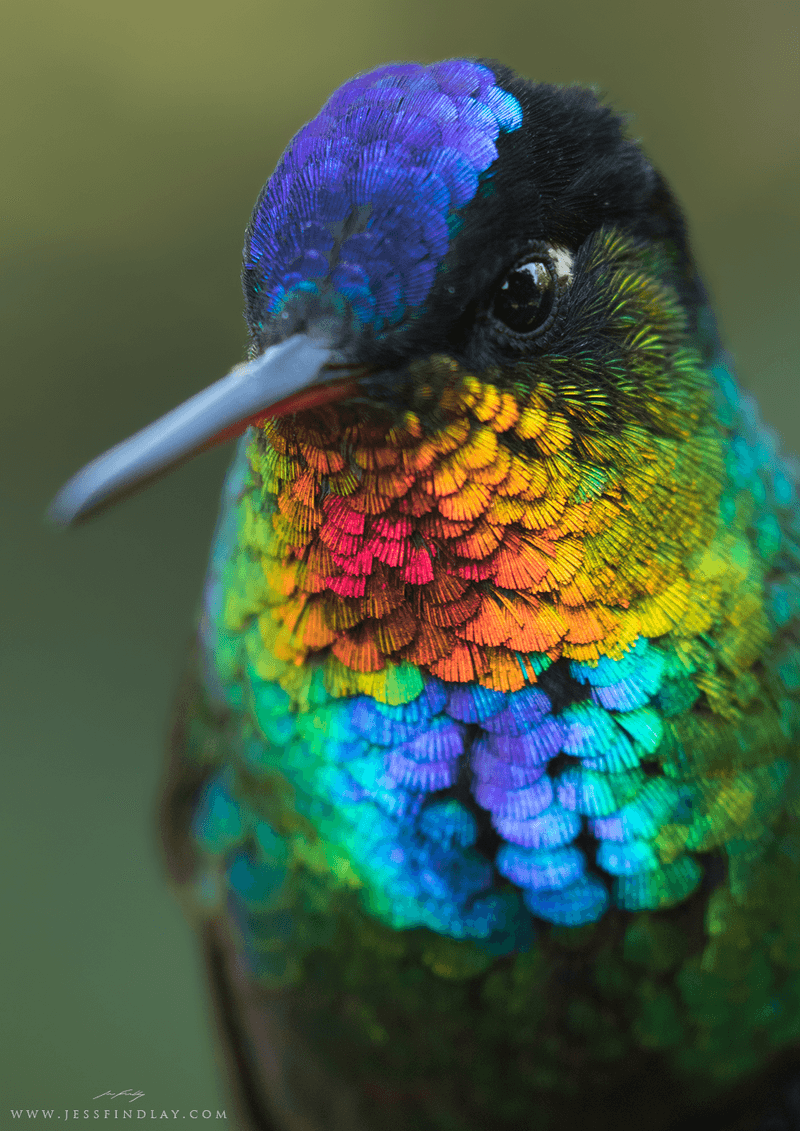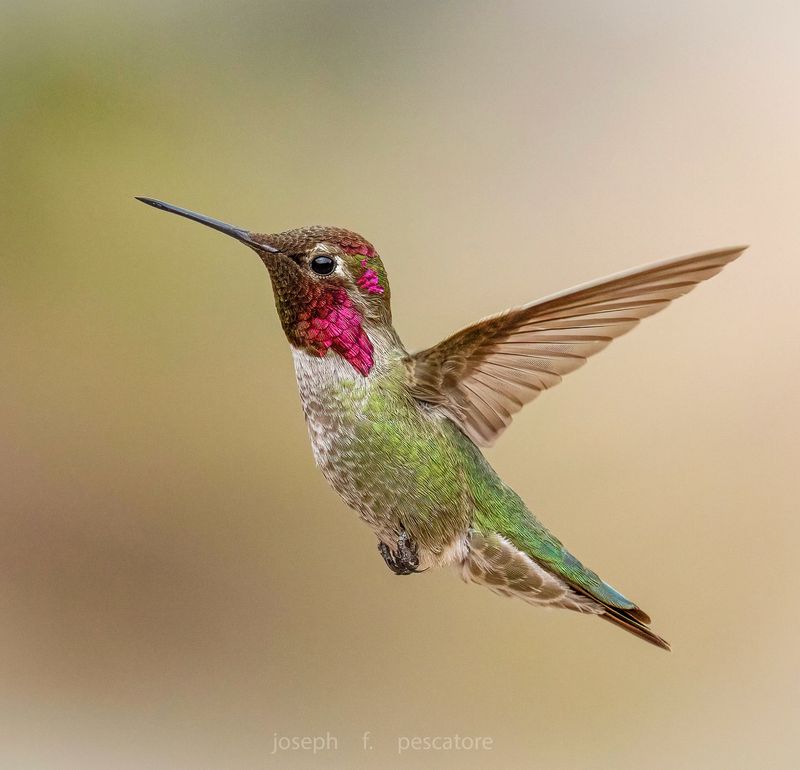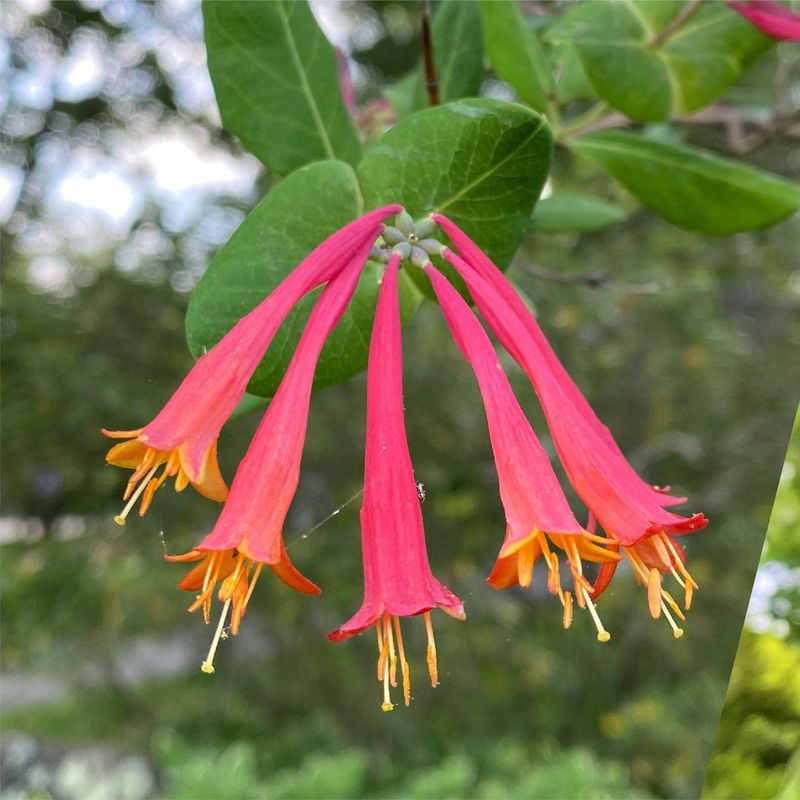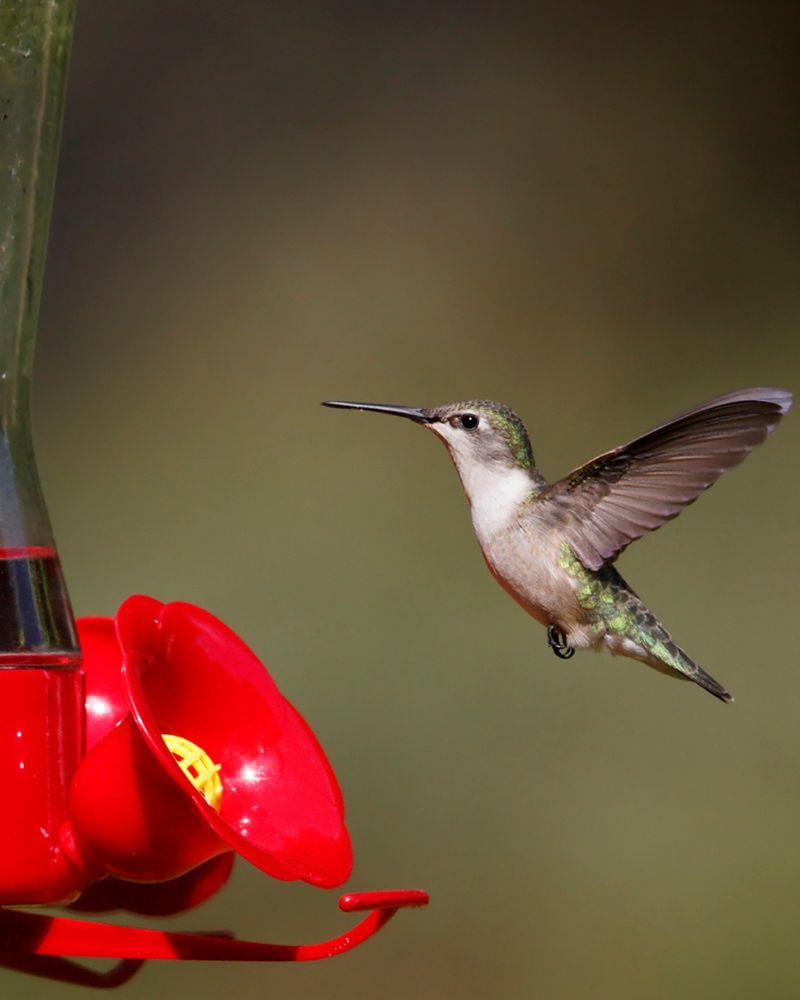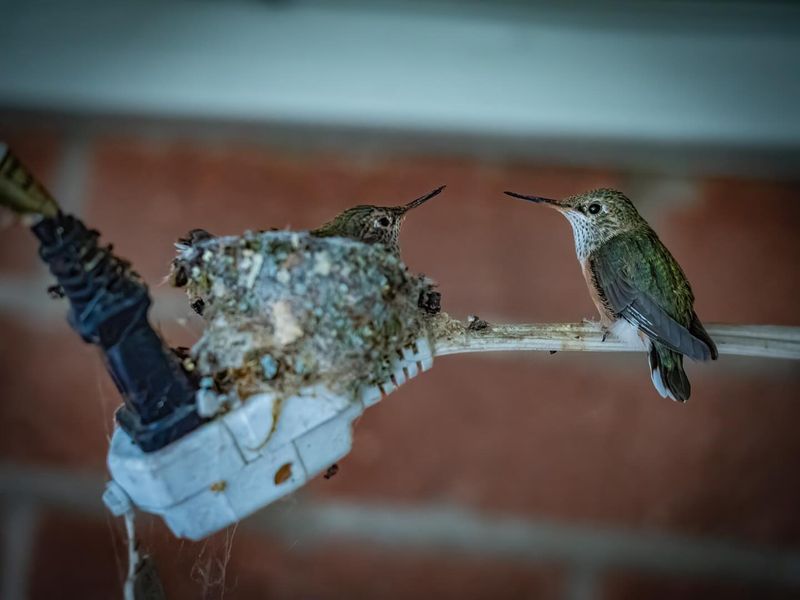Ever wonder why hummingbirds seem to zero in on red flowers, feeders, and even clothing? It’s not just a color preference—it’s an evolutionary advantage.
From superior color vision to food-finding instincts, these 13 surprising reasons explain why hummingbirds can’t resist red—and how you can use that to bring more of them to your yard.
1. Evolution Wired Their Brains for Red Detection
Millions of years of evolution shaped hummingbird vision specifically to spot red flowers against green foliage. Their brain circuitry developed to light up with excitement when red enters their field of view.
Unlike many birds, hummingbirds possess a dedicated neural pathway just for processing red wavelengths. This specialized brain wiring makes red objects practically irresistible to them, similar to how certain foods trigger immediate cravings in humans.
2. Red Flowers Often Contain More Sugar
Mother Nature plays favorites! Red flowers typically produce nectar with higher sugar concentrations than flowers of other colors. Hummingbirds learned this sweet secret through generations of feeding experiences.
A Cornell University study found that red blooms average 24% sugar content while purple and blue flowers contain around 20%. For a creature that needs to consume half its weight in sugar daily, finding these high-calorie red fuel stations can mean the difference between survival and starvation.
3. Bees Can’t See Red, Creating a Secret Buffet
Red appears practically invisible to bees, who lack receptors for this wavelength. Smart flowers evolved this color to create exclusive feeding relationships with hummingbirds, avoiding competition between pollinators.
When a hummingbird spots a patch of red flowers, it’s essentially discovering a private dining area where bees won’t compete for nectar. This mutually beneficial arrangement helps both the birds and the red flowers thrive through specialized pollination.
4. Red Signals Safe, Non-Toxic Nectar
Many toxic plants display warning colors like white or yellow to deter animals. Red flowering plants rarely contain harmful compounds, making them generally safe dining options for hummingbirds.
Through natural selection, hummingbirds developed an instinctive trust of red blooms. Their ancestors who avoided toxic plants and favored red ones survived to pass on their genes. This explains why even baby hummingbirds with no prior feeding experience will instinctively investigate red objects first.
5. UV Patterns Hidden in Red Blooms
Red flowers harbor secret ultraviolet patterns invisible to human eyes but dazzling to hummingbirds. These hidden markings act like airport runway lights, guiding birds precisely to nectar sources.
Scientists using special UV cameras discovered these patterns create a bull’s-eye effect on many red flowers. The contrast appears particularly vivid against green foliage, creating an irresistible visual target that practically screams “fresh nectar here!” to passing hummingbirds.
6. Memory Association with First Feeding Experiences
Baby hummingbirds form powerful memories during their first successful feeding attempts, which often happen at red flowers. This creates a lifelong positive association with the color red.
Behavioral scientists call this phenomenon “imprinting.” When a hungry juvenile hummingbird discovers sweet nectar in a red flower, its developing brain creates strong neural connections between the color red and feelings of satisfaction and reward. These early experiences shape preferences that last throughout their lives.
7. Red Feathers Signal Dominance in Males
Male hummingbirds flash brilliant red throat patches (called gorgets) to attract mates and intimidate rivals. The instinctive attraction to red extends beyond feeding to social dynamics within hummingbird communities.
A male with particularly vibrant red feathers signals genetic fitness and territorial dominance. Female hummingbirds inherit the same attraction to red, though they use it primarily for finding food rather than assessing potential mates. This dual-purpose attraction to red helps explain its powerful influence on their behavior.
8. Red Wavelengths Penetrate Fog and Rain
Red light waves travel farther through mist, fog, and rain than other colors. For hummingbirds flying in poor weather conditions, red flowers remain visible when blue or yellow blooms disappear from view.
This advantage becomes crucial during migration or early morning feeding when dew blankets the landscape. A red flower can be spotted from 30 feet away in conditions where other colors fade at just 10 feet. For a creature burning calories at an extraordinary rate, this visual edge translates directly to survival.
9. Tropical Origins Created Red Preference
Hummingbirds evolved in tropical South America where red flowering plants dominate the canopy. This ancestral environment permanently shaped their color preferences even as they expanded northward.
The lush rainforests where hummingbirds first appeared featured spectacular red passionflowers, bromeliads, and heliconia. These plants co-evolved with hummingbirds over millions of years, each adapting to benefit the other. Modern hummingbirds carry this evolutionary history in their genes when they visit your backyard feeders.
10. Color Contrast Creates Super-Visibility
Red creates the strongest possible contrast against green foliage. Hummingbird eyes evolved to detect this specific color opposition with remarkable sensitivity, making red flowers pop out like neon signs.
The physics of complementary colors explains why this works so effectively. Red and green sit opposite each other on the color wheel, creating maximum visual tension. When a red cardinal flower blooms against green leaves, it creates a visual effect that triggers immediate attention from hummingbird visual systems.
11. Tubular Red Flowers Fit Their Bills Perfectly
Nature played matchmaker! Red flowers typically grow in tubular shapes that perfectly accommodate hummingbird bills and tongues. This physical compatibility reinforced their attraction to red over generations.
Trumpet creeper, cardinal flower, and bee balm all share this distinctive red tubular design. Their shape prevents other pollinators from reaching the nectar while allowing a hummingbird’s specialized anatomy perfect access. This physical lock-and-key relationship strengthened the psychological connection between hummingbirds and the color red.
12. Red Artificial Feeders Outperform Nature
Modern red hummingbird feeders offer super-concentrated sugar water exceeding natural flower nectar. These artificial food sources created an amplified attraction to red that exceeds evolutionary programming.
While natural nectar contains 15-25% sugar, many feeder solutions contain 33% sugar – a hummingbird’s equivalent of ultra-rich dessert. This high-calorie reward reinforces their attraction to red objects with unprecedented strength. A hummingbird that discovers a red feeder may check it over 1,000 times daily, strengthening the red-reward connection.
13. Seeing Red Triggers Feeding Reflexes
Simply seeing red automatically activates feeding behaviors in hummingbirds – their tongues start moving and digestive systems prepare before they even reach the flower! This powerful stimulus-response connection operates below conscious control.
Researchers discovered this reflex by showing hummingbirds red objects without nectar. The birds still extended their tongues and prepared physiologically for feeding. This automatic response explains why hummingbirds will investigate anything red in your garden, from flowers to shirts to garden ornaments.


